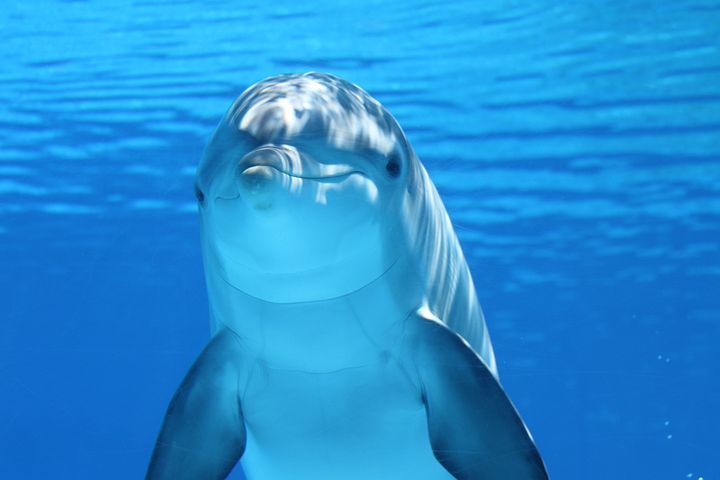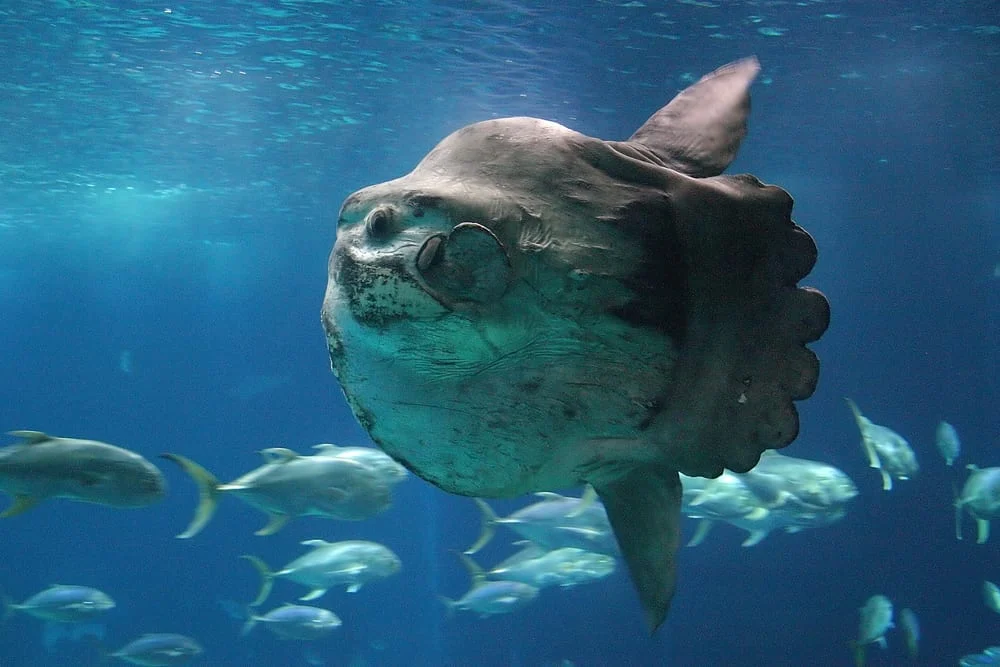What’s hiding beneath the surface of the water? The Gulf of Mexico is home to an incredibly diverse collection of marine life, from tiny unicellular organisms to massive whales. While birds often float on the water’s surface, underneath you’ll find a totally different world to observe.
The Gulf of Mexico has long been known as a super fishing destination. The ocean’s bounty includes jack, grouper, snapper, and other (dinnertime) favorites. For guidance on what’s in season, visit the Florida Fish and Wildlife Conservation Commission. One expert fishing captain also depart from Anclote Village Marina, if you’d like to arrange a charter fishing trip.
Many much larger species of fish swim in Gulf waters. You may spot dolphins, which like to play in the wake of boats. Sharks can also be found, as can marlin and sailfish. During the winter, the North Atlantic Right Whale heads to the warm waters of the Gulf for calving. Though all these species are impressive, they usually steer clear of humans and pose little to no danger.


